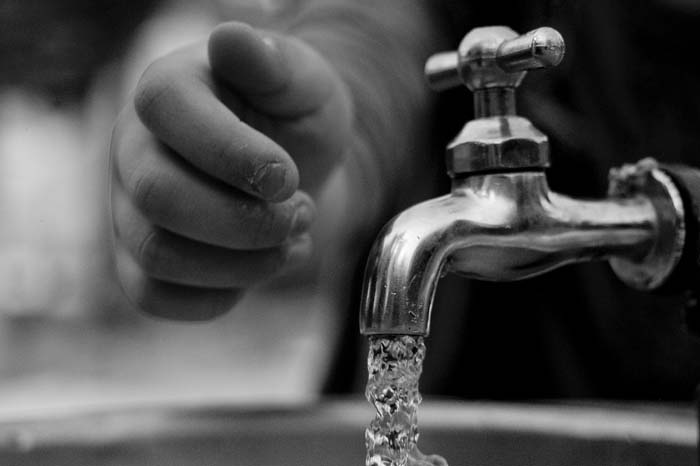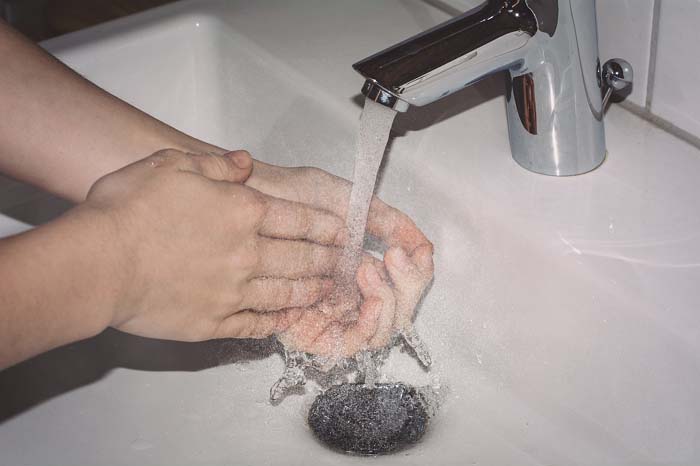
Although most of us assume that the water we drink from the tap is completely safe, numerous undesirable chemicals can be present. This is due to old water infrastructure and other issues. Protect yourself and your family from harmful germs, heavy metals like lead, viruses, and chemicals with a water filtration system for your home.
An almost infinite number of water filters are available, each employing either chemical and physical barriers or a hybrid of the two.
Here are the best water filtration methods to consider
Activated carbon
Charcoal has a huge inner surface area to capture various pollutants because it is a highly porous carbon. When physical filters are unable to remove some contaminants, activated carbon can. It attracts chemicals such as volatile organic compounds (VOCs), pesticides, and lead, which it then traps internally as water flows through. The initial contact between water and carbon causes a reduction process. This is useful for chemicals such as chlorine.
Reverse osmosis
Many contaminants can be efficiently removed from water using reverse osmosis filters. These contaminants include salt, nitrites and nitrates, fluoride, radium, arsenic, copper, and hexavalent chromium, among many others.
The widespread use of reverse osmosis filters is due in large part to the fact that they provide excellent value for money. When it comes to filtering water, this water filtration method is matchless in its ability to remove impurities and harmful germs that can cause waterborne illnesses.
Steam distillation
Most pollutants are left behind after water boils into steam because their boiling points are greater than water’s. After that, the steam is gathered and cooled down until it becomes water again. Unfortunately, the harmful natural minerals in water are also removed during distillation.
Ion exchange
These filters remove undesirable ions, such as heavy metals, by releasing ions, such as sodium, and exchanging them with other ions. Although ion exchange makes your water softer and tastes better, it also increases sodium. It also doesn’t give you water with a totally pure taste.
How to install a water filtration system myself
Drill a hole in the tabletop.
- To facilitate the process, clear the space under your sink and inside the counter of any clutter and items. Lay down some old towels or rags to protect your floor from drilling debris.
- Find and mark the spot where you will place the tap for the filter system. The ideal placement is usually on the other side of the sink, perpendicular to the primary faucet.
- To keep it in place, most drill bits with a cup part help to make the drill run more smoothly. When working with a diamond drill bit, make sure you use double-sided tape to attach the cup portion and fill it with cold water.
- Drill at a medium-to-moderate speed without applying excessive pressure. You may keep the diamond drill bit cool by replacing the cup part with cool water when the water gets too hot.
- The rags underneath will collect any water or other debris that may remain when the drilling is complete.
- Slide the fittings and pipes of the house filter tap across the tap’s surface to determine whether the hole size is accurate. Check to see that the fixture is securely fastened in place and occupies the hole in an ideal manner.
Install the Tap Fixture
- The first step in stopping water from seeping into the cabinets is to secure the tap washer to the faucet.
- Use the provided bolt to hold the fixture in place after checking the hole size and installing the faucet washer.
Attach the water filter and the T-piece
- Disconnect the water main line under the sink using the stop clock. If none is present, the installation will necessitate cutting off the main water supply to the house.
- After turning it on, wait for the remaining water to drain from the faucet to relieve any remaining water pressure.
- To catch any water that drips from the sink, put the towels or rags underneath the water main.
- Install the T-piece after disconnecting the water main.
- Screw on the tap washer to secure the flexible pipe from the new T-piece to the water filter faucet.
Connect filter pipes to the filter system
- The filtration mechanism direction arrows aid in matching the pipe to the faucet. The pipes are also color-coded to correspond with the filter faucet pipes.
- Connect the pipes to the water filtration system after connecting them to the filter faucet.
- To ensure stability when submerged in water, the majority of filter cartridges include a base with a sticky bottom. 4. You should expect to replace filtration cartridges every 8,000 liters.
Final Tests
- Connect the water main line to either the house main or the sink’s water supply line and turn it on.
- Turn on the faucet and let ten liters of water through the filtration system.
- Check for leaks in the pipes and clean the water to determine if the water filtration system installation was successful.
Best DIY water filtration system
The ‘bio-sand’ filter is among the most widely used do-it-yourself water filtration systems. It uses a container with charcoal, gravel, and sand layers to filter water. The charcoal layer traps and eliminates tiny particles as well as some compounds, while the gravel and sand layers amplify the removal of bigger particles.
Do DIY water filters actually work?
There are a number of do-it-yourself water filtering options; however, their efficacy varies. While some may work better than others, the majority will fall short when it comes to offering all of these filtration options. Bleaching water, disinfecting tablets, iodine, ultraviolet treatment, and chlorine can all kill some bacteria.
But they are unable to eliminate:
- chemical contaminants like pesticides
- chlorine
- Lead
The healthiest way to filter tap water
Are you in search of a reliable method for filtering water? While it’s true that store-bought filters may be attached to water pitchers and faucets to remove chlorine smell and taste, a whole house filtration system can eliminate minute impurities and instantly improve water quality.
This way, you may enjoy crystal-clear, flavorful water from every room in the house!
 Is homemade filtered water safe to drink?
Is homemade filtered water safe to drink?
Never drink filtered water, no matter how “clean” it appears; there may be contaminants you can’t see.
How can I purify my water at home without a filter?
Boiling is the simplest approach that you can use to purify water without a filter. Always boil water before drinking or using it for cooking. This will ensure that the water is safe to consume. Boiling water kills any germs, viruses, and parasites that may be in it. If it becomes cloudy, allow the water to settle before straining it using a coffee filter, paper towel, or clean cloth.
Conclusion
Since various water filters remove different contaminants, the ideal system for filtering your tap water will depend on the specific toxins you’re trying to avoid. Since individual filters have limitations, it’s great that many available water filtration methods include a mix of filtration techniques. One such example is the utilization of absorption, mechanical, and, finally, reverse osmosis in systems that employ this process.
